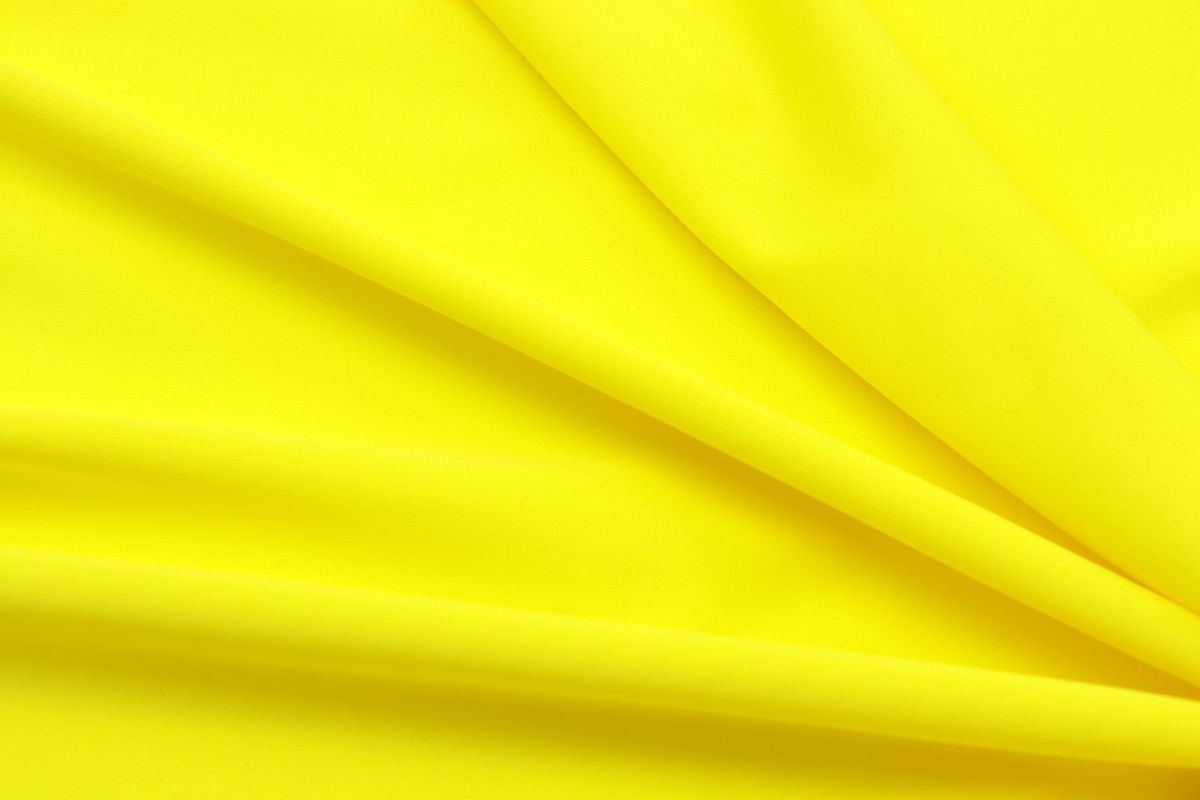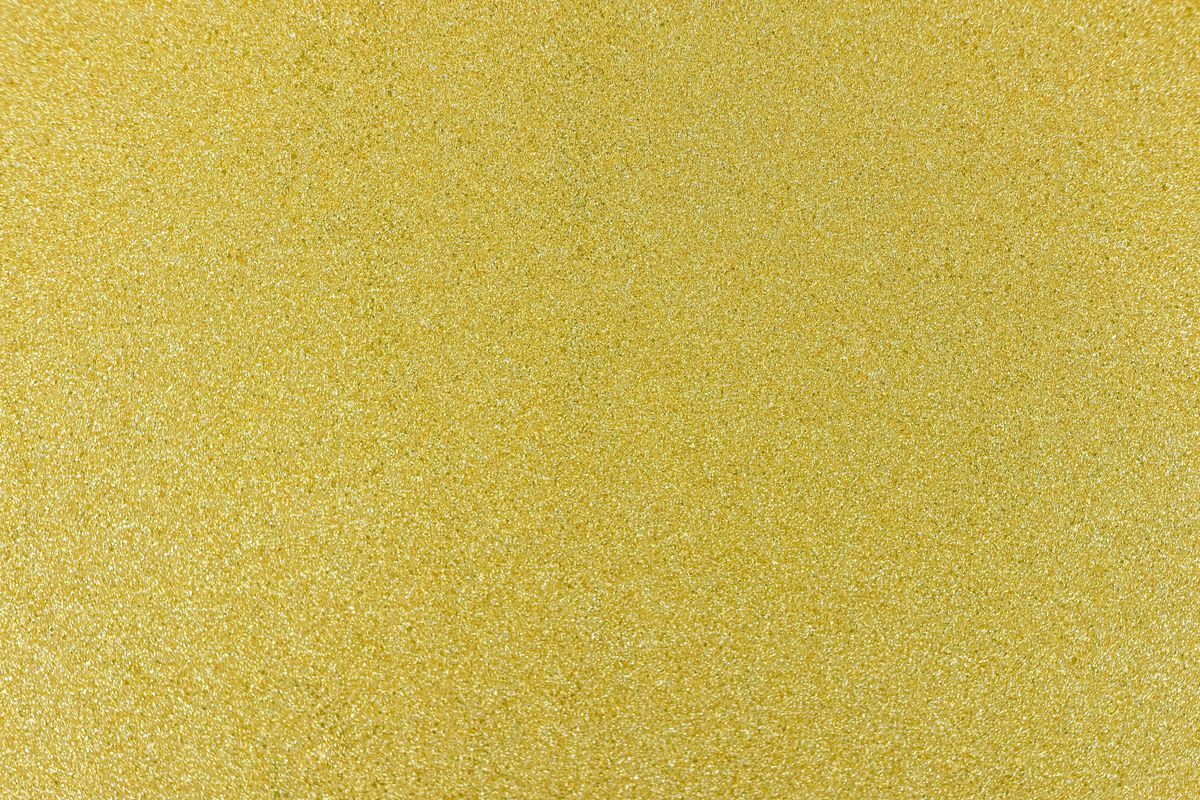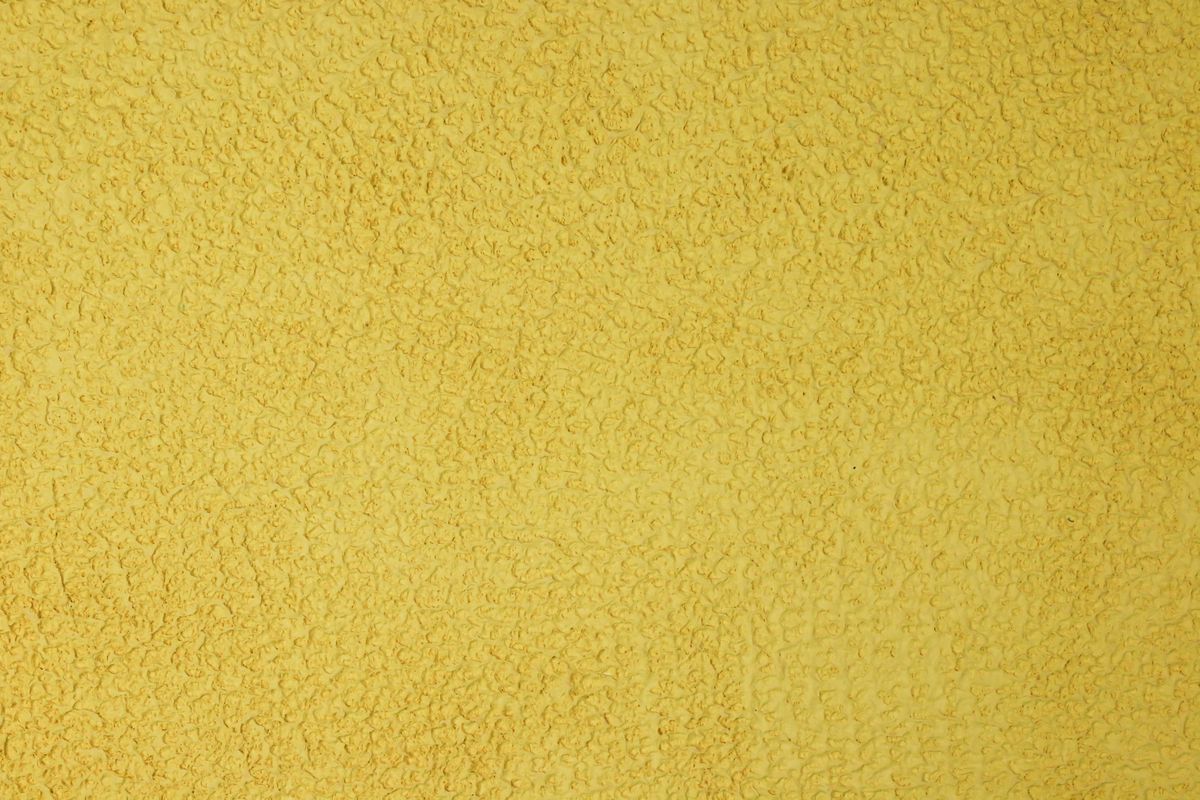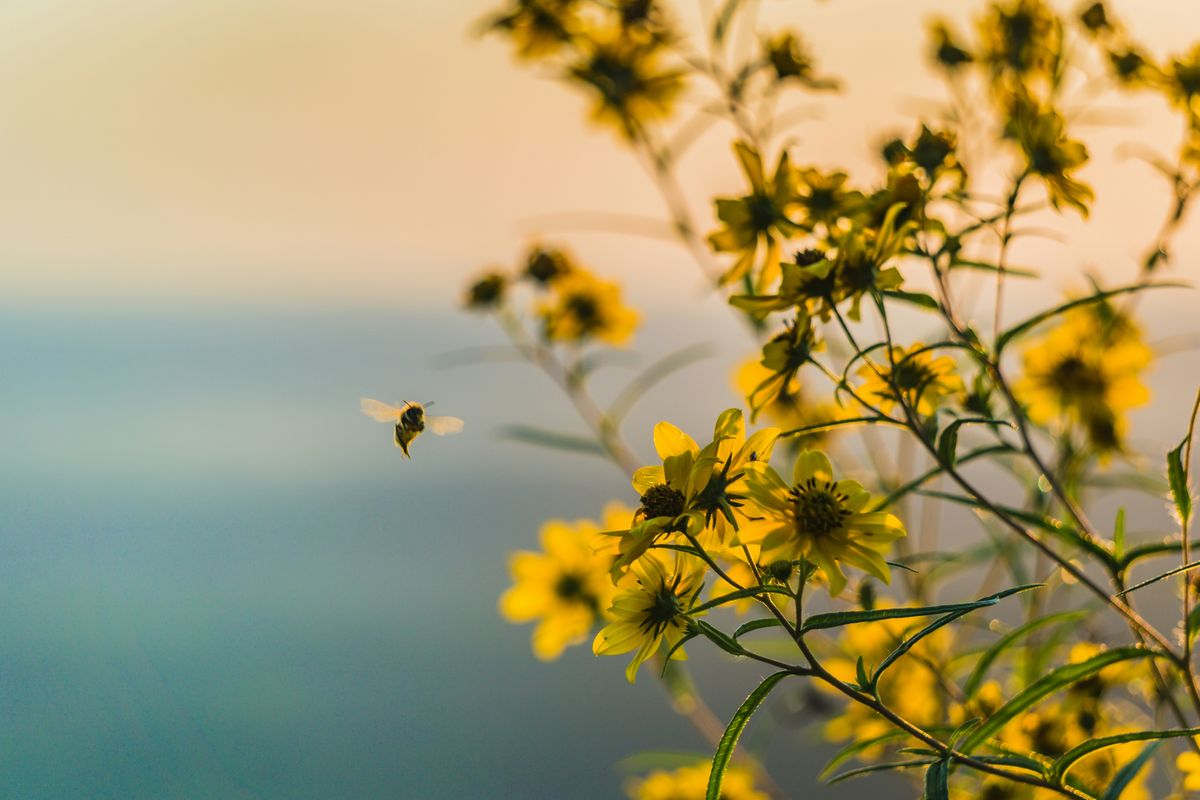In the world of bees, yellow holds a peculiar and unexpected significance. Through a series of observations, research, and experiments, scientists have uncovered a startling revelation: bees detest the color yellow above all others. This discovery has profound implications for bee behavior, evolution, and practical applications in beekeeping and gardening.
Key Takeaways
- Yellow is the most detested color by bees.
- The presence of yellow can influence changes in foraging patterns.
- Yellow can disrupt communication among bees.
- Bee reactions to yellow can impact nest building.
- Understanding bee aversion to yellow can inform beehive color choices and garden planting strategies.
The Surprising Discovery of Yellow as the Detested Color

The Initial Observations
During the early stages of research, scientists noted a peculiar pattern: bees seemed to exhibit a distinct aversion to the color yellow. This was an unexpected finding, as yellow is commonly associated with flowers and pollination. The observation was consistent across various species of bees, sparking curiosity among the researchers.
Bees, known for their critical role in pollination, avoided yellow objects near their hives. This behavior led to the hypothesis that the color yellow might hurt bee activity.
- Avoidance of yellow flowers
- Reluctance to return to the hive if yellow is present
- Agitation when exposed to yellow
The consistency of these behaviors across different environments suggested an innate response rather than a learned one.
The Research Process
Building upon initial observations, researchers embarked on a meticulous journey to understand why bees might detest the color yellow. The research process was multifaceted, involving a series of controlled experiments, behavioral analyses, and ecological studies.
Methodology was key in ensuring the validity of the findings. Researchers employed:
- Field observations to record natural bee interactions with various colors
- Laboratory tests to measure bee responses to colored stimuli
- Statistical analyses to interpret the data with precision
The consistency of negative bee reactions to yellow across diverse environments was striking.
The research aimed to confirm the aversion and rule out other factors that could influence bee behavior. This rigorous approach laid the groundwork for a deeper understanding of the phenomenon.
The Experiment Results
The culmination of rigorous testing and analysis revealed a striking pattern: bees exhibited a significant aversion to yellow. This finding was consistent across various species and environments, suggesting a universal trait among bees. The results were not only surprising but also counterintuitive, considering the common association of bees with yellow flowers.
Bees showed a marked decrease in landing rates on yellow surfaces compared to other colors. The following table summarizes the landing frequency observed during the experiments:
| Color | Landing Frequency |
|---|---|
| Yellow | 15% |
| Blue | 60% |
| Green | 50% |
| Red | 45% |
The aversion to yellow was so pronounced that it overrode the bees’ attraction to scents or other visual cues associated with their natural foraging behavior.
Further investigation is required to understand the mechanisms driving this behavior. However, the implications are clear: the color yellow has a profound impact on bee activity, which could influence both natural ecosystems and human agricultural practices.
The Impact of Yellow on Bee Behavior

Changes in Foraging Patterns
Yellow in the vicinity of bee habitats has been observed to cause a significant shift in their foraging behavior. Bees tend to avoid areas where yellow is prevalent, opting for regions where the color is absent or less dominant. This aversion directly impacts the types of flowers they pollinate and the routes they take during their foraging expeditions.
Foraging efficiency is crucial for a bee colony’s survival, and the yellow detestation can lead to suboptimal foraging patterns. Researchers have documented these changes in behavior through various studies:
- Bees exhibit longer foraging times when yellow is present in the environment.
- There is a noticeable preference for non-yellow flowers, even if they are not the most nectar-rich options available.
- Bees communicate the locations of non-yellow flowers more frequently within the hive.
The avoidance of yellow not only alters the foraging paths of bees but also affects the biodiversity of the areas they frequent. This can have a cascading effect on the local ecosystem, influencing which plants thrive and which do not.
Communication Among Bees
Yellow has been found to disrupt the intricate communication system of bees significantly. Bees rely heavily on the ‘waggle dance’ to convey information about the location of food sources, but yellow seems to interfere with this process.
Waggle dance disruptions can lead to confusion and inefficiency within the hive as bees struggle to interpret the altered signals. This can result in a decrease in the collection of vital resources and overall hive productivity.
- Misinterpretation of dance signals
- Reduced foraging efficiency
- Increased energy expenditure with little return
The disruption of bee communication by yellow not only affects resource collection but also has a cascading effect on the social structure and health of the bee colony.
Nest Building Reactions
The presence of yellow in the vicinity of potential nesting sites has been observed to cause a marked aversion in bees, leading to notable changes in their nest-building behavior. Bees tend to avoid areas with high concentrations of yellow, opting for locations with a more neutral color palette. This reaction suggests a deeply ingrained instinct to avoid what they perceive as a threat or an unsuitable environment for their offspring.
Yellow’s impact on nest building extends beyond mere avoidance. Bees exhibit signs of stress and confusion when exposed to this color during the construction phase of their nests. Researchers have documented a decrease in the efficiency of nest construction, as well as an increase in the time taken to complete nests when yellow is present.
- Decreased efficiency in construction
- Increased time to complete nests
- Preference for neutral-colored locations
The implications of this aversion are significant, as they influence the very foundation of bee colonies – their homes. Understanding these reactions is crucial for anyone looking to create a bee-friendly environment.
The Evolutionary Explanation Behind Bee Aversion to Yellow

Historical Color Associations
Throughout history, bees have demonstrated a consistent aversion to the color yellow. This intriguing behavior has puzzled scientists and bee enthusiasts alike. Yellow, often associated with predators and danger in the natural world, may have become a signal for bees to stay away.
Bees, with their keen vision, can distinguish between a wide spectrum of colors. It is believed that their dislike for yellow could be rooted in their ancestral memory, which associates the color with negative experiences or threats. This aversion is not just a random preference but a deeply ingrained instinct.
- Historical encounters with toxic flowers
- Avoidance of yellow in natural predators
- Negative reactions to yellow in the environment
The consistent avoidance of yellow by bees suggests an evolutionary mechanism at play, one that has been honed over countless generations to ensure their survival.
Understanding this historical context is crucial for grasping the full scope of bees’ color preferences and their implications for the ecosystem. Yellow, while vibrant and attractive to the human eye, may represent a very different reality in the world of bees.
Survival Adaptations
The aversion to yellow among bees is not merely a whimsical preference but a survival adaptation that has evolved over millennia. This particular color is often associated with the warning signs of nature, such as the stripes of a wasp or the petals of a toxic flower. By instinctively avoiding yellow, bees reduce the risk of encounters with predators and harmful plants.
Bees, equipped with their highly tuned vision, can discern various colors, including ultraviolet. This ability aids them in distinguishing between beneficial and detrimental flora. However, yellow seems to trigger an innate response that guides them away from potential dangers, thus preserving the colony.
- Historical avoidance of yellow has led to behavioral patterns passed down through generations.
- The color is often absent from the bees’ own communication signals, further indicating its negative connotations.
In the grand tapestry of nature, the color yellow serves as a cautionary hue, one that bees have learned to heed with great care. This intrinsic wariness is a testament to the complex interplay between an organism and its environment, ensuring the survival of the species.
Genetic Influences
The aversion of bees to the color yellow may be more than just a behavioral quirk; it could be deeply rooted in their genetics. Studies have identified specific genes associated with color perception in bees, suggesting that their dislike for yellow is an inherited trait. These genes affect how bees’ eyes develop and function, ultimately influencing their color preferences.
- Gene A: Linked to UV light sensitivity
- Gene B: Associated with blue-green color detection
- Gene C: Influences the perception of yellow
The genetic predisposition to avoid yellow could be a result of evolutionary pressures where flowers or environments that were predominantly yellow posed a threat or offered less nectar, leading to a natural selection for bees that favored other colors.
Understanding these genetic factors is crucial for further research into bee behavior and could lead to new strategies in agriculture and horticulture. By selecting for or against certain genetic traits, it may be possible to influence bee populations and their interactions with plants.
The Practical Implications for Beekeepers and Gardeners

Color Choices for Beehives
When selecting colors for beehives, beekeepers must consider bees’ surprising aversion to yellow. Choosing the right colors can significantly affect the health and productivity of a bee colony.
Beekeepers have traditionally painted their hives white or pastel shades, but recent findings suggest that certain colors can either attract or repel bees. It’s essential to avoid yellow, which can cause bees to become agitated and less efficient in their work.
Recommended Colors for Beehives:
- White: Reflects sunlight, keeping the hive cool.
- Light Blue: Calming to bees and easy to spot in the landscape.
- Green: Blends with the environment, potentially reducing stress on bees.
By incorporating these color recommendations into hive design, beekeepers can create a more harmonious environment for their bees, leading to better colony health and increased honey production.
Planting Strategies for Bee-Friendly Gardens
When designing a garden that welcomes bees, one must consider the types of plants used and their colors. Avoiding the color yellow can significantly enhance the attractiveness of your garden to bees. Instead, opt for a palette that includes blues, purples, and whites, which are known to be more appealing to these pollinators.
Flower diversity is key to a bee-friendly garden. Ensure various species bloom at different times of the year to provide a consistent food source. Here is a simple guide to help you plan:
- Spring: Plant crocuses, hyacinths, and borage.
- Summer: Lavender, foxgloves, and echinacea are excellent choices.
- Autumn: Asters and sedum will keep bees foraging late into the season.
By strategically planning your garden, you can create a haven for bees that is both beautiful and beneficial to the ecosystem. Remember to incorporate plants that serve as both a nectar and pollen source to support the health and productivity of bee colonies.
Tips for Minimizing Bee Disruption
To maintain a harmonious environment for bees and humans alike, certain strategies can be employed to minimize disruption in areas where bees are active. Avoiding yellow in garden attire and equipment can significantly reduce the likelihood of agitating these essential pollinators.
Gardening practices also play a crucial role in creating a bee-friendly atmosphere. Here are a few tips:
- Use natural, non-toxic pesticides, or better yet, opt for organic pest control methods.
- Plant various flowers that bloom at different times to provide a consistent food source for bees.
- Maintain a water source for bees to hydrate, ensuring it’s shallow and safe to prevent drowning.
By implementing these simple measures, gardeners can contribute to a safer and more productive environment for both bees and their own horticultural pursuits.
Lastly, when planning garden layouts, consider the placement of plants. Grouping bee-attractive plants away from high-traffic areas can help to keep bees focused on their tasks while reducing the chances of human-bee encounters.
Conclusion
In conclusion, exploring the color bees detest above all has shed light on the intricate relationship between bees and color perception. This investigation has uncovered fascinating insights into how certain colors can impact bees’ behavior and preferences. As we continue to delve into the mysteries of the natural world, understanding the significance of color in the lives of bees opens up new avenues for research and conservation efforts. By recognizing the importance of color in bee ecology, we can better protect and support these vital pollinators to benefit our ecosystems and food supply.
Frequently Asked Questions
Why do bees detest the color yellow?
Bees have evolved to avoid yellow due to its historical associations with danger and toxicity.
How was the discovery of bees’ aversion to yellow made?
The initial observations of bee behavior led researchers to conduct experiments confirming bees’ negative reactions to yellow.
What changes in foraging patterns are observed in bees due to yellow?
Bees tend to avoid flowers with yellow hues and may prioritize other colored flowers for nectar collection.
How does yellow impact communication among bees?
Yellow may disrupt the visual communication signals bees use to convey information within the hive.
What are the historical color associations that contribute to bee aversion to yellow?
Yellow is often associated with toxic substances or dangerous species in nature, leading bees to avoid this color as a survival instinct.
How can beekeepers and gardeners use this knowledge to benefit bee populations?
Beekeepers can choose hive colors other than yellow, and gardeners can plant various colorful flowers to attract bees while minimizing the use of yellow blooms.

Roger Thomas is a seasoned beekeeper and hive architect with a deep-seated passion for sustainable living. His fascination with bees has shaped his professional career, giving him practical and theoretical expertise in bee behavior, colony health, and optimal hive conditions. Roger’s technical skills shine in his bespoke hive creations that cater to the specific needs of diverse bee species, while his sustainable practices promote environmental balance and the wellbeing of the bee population.
As he continues his journey in beekeeping, Roger has become a dedicated advocate for responsible practices and an insightful educator in his field. His posts aim to inspire new beekeepers, underline the importance of sustainability, and showcase the remarkable contribution bees make to our ecosystem. Roger invites you to join him as he delves into the world of bees and the rewarding, honey-sweet art of beekeeping.

